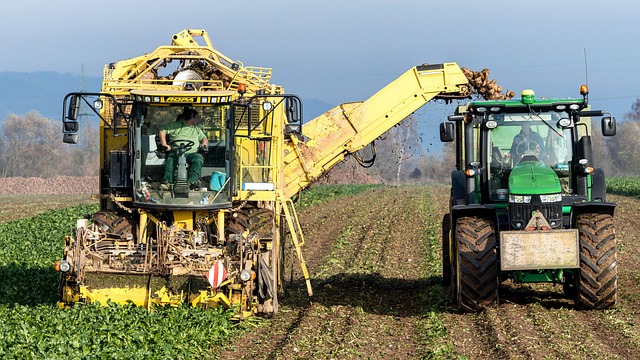
Automating Your Greenhouse: A Gardener’s Guide
Automating Your Greenhouse: A Gardener’s Guide
For many gardeners, the greenhouse is a sanctuary — a place where plants thrive, seasons are extended, and the joy of nurturing life is deeply fulfilling. Yet, maintaining the ideal environment inside a greenhouse can be a full-time commitment, often requiring constant adjustments to temperature, humidity, lighting, and watering. This is where greenhouse automation steps in to transform the gardening experience.
Why Consider Greenhouse Automation?
Imagine a greenhouse that practically runs itself. With the right automated systems, you can optimize plant health, save time, and reduce stress. Greenhouse automation allows you to create an environment that consistently meets your plants’ needs, even when you can’t be there in person. Whether you’re growing delicate orchids or hearty vegetables, maintaining precise conditions ensures your garden flourishes year-round.
Key Components of Greenhouse Automation
- Temperature Control: Automated heaters, fans, and ventilation systems work together to maintain an optimal climate. Sensors can detect when temperatures rise or fall beyond set thresholds and adjust accordingly, preventing plant stress or damage.
- Watering Systems: Timed irrigation or moisture-sensor-driven watering keeps soil at the perfect moisture level. This not only conserves water but also reduces risks associated with over- or under-watering your plants.
- Lighting Automation: Supplemental grow lights can be programmed to mimic natural sunlight cycles, ensuring plants get enough light during shorter days or in cloudy conditions.
- Ventilation and Humidity Management: Automated vents and humidifiers can regulate airflow and moisture, crucial for preventing diseases and promoting healthy growth.
How to Start Automating Your Greenhouse
Begin by assessing your greenhouse setup and plant needs. Identify the biggest challenges you face — is temperature fluctuation a problem? Do you struggle with consistent watering? Prioritize automation solutions that address your biggest pain points first.
Next, choose reliable sensors and controllers compatible with your greenhouse size and your plants’ specific requirements. Many systems now integrate with smartphone apps, giving you control and real-time monitoring from anywhere.
Remember, automation doesn’t mean you stop tending your plants. Instead, it frees you up to focus more on the creative and rewarding aspects of gardening, rather than day-to-day maintenance tasks.
The Emotional Benefits of Automation
One of the greatest joys of gardening is seeing your plants thrive, and greenhouse automation helps ensure that happens consistently. It provides peace of mind, knowing your garden is cared for even when life gets busy. Plus, it can transform your greenhouse into a more sustainable and efficient space, aligning with many gardeners’ passion for nurturing life responsibly.
By embracing automation, you’re not just adopting technology — you’re enhancing your connection to nature, empowering your gardening journey, and carving out more time to savor the simple pleasure of watching your plants grow.


